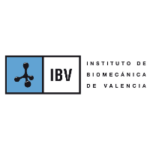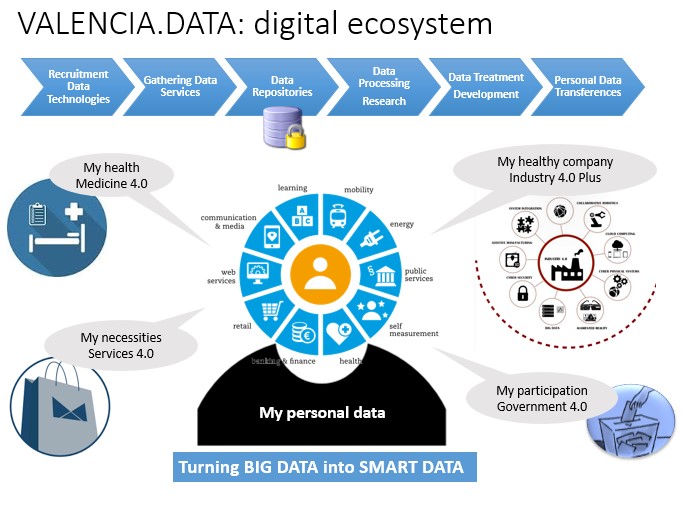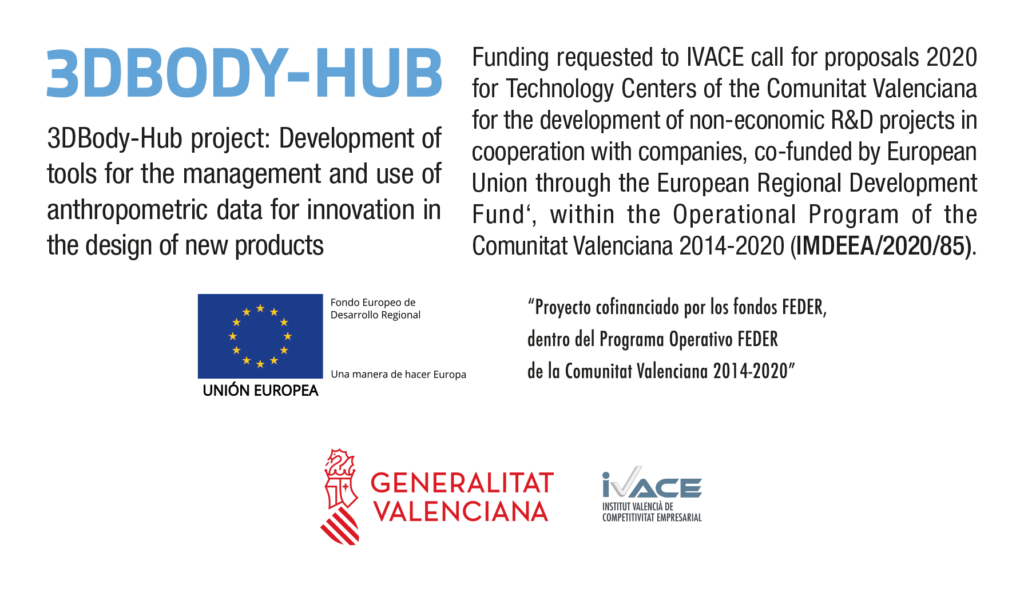
- About
- Get involved
- Updates
- Resources
- MyData Declaration
- Declaration in English
- Declaration in Catalan
- Declaration in Chinese (traditional, Hong Kong)
- Declaration in Chinese (traditional, Taiwan)
- Declaration in Chinese (simplified)
- Declaration in French
- Declaration in German
- Declaration in Greek
- Declaration in Hungarian
- Declaration in Italian
- Declaration in Japanese
- Declaration in Korean
- Declaration in Slovakian
- Declaration in Slovenian
- Declaration in Spanish
- Declaration in Swedish
- Case Library
- Webinars
- White papers
- MyData Operators
- Future of Work & Skills
- MyData4Pandemics – learning from COVID-19
- State of MyData 2021
- Community Resources
- Style Guide
- MyData Declaration
- Events
- Contact us

MyData Case: VALENCIA.DATA and creating specifications for COVID-19 hygiene masks

Organisation: Instituto de Biomecánica de Valencia
Country: Spain
Domain: Health, Research
Target group:
-
People who live in the Valencia region.
-
Valencian business sector.
Keywords: Health, research, biometric data, digital ecosystem
Contact: Juan V. Durá, juan.dura(at)ibv.org
Relevant link(s):
Case description
A digital ecosystem empowering Valencian citizens in the use of their data and allowing them to become potential entrepreneurs.
It’s a database containing donated personal data and a platform where to manage this data. The purpose is to reuse the data for research and development.
The data from the database (body scans, information of the head sizes) was used in the COVID-19 crisis to produce specifications to facilitate mass manufacturing of reusable hygienic masks.
Organisation
Instituto de Biomecánica de Valencia is a non-profit research association transferring research knowledge to small and medium companies, specialising in obtaining data from people and designing products for people.
Value proposition
VALENCIA.DATA is a platform that increases people’s wellbeing and life-quality through a digital transformation while increasing the competitiveness of products and services offered by the Valencian business sector.
Problems
Legal and Tech: It has been difficult to reuse personal data obtained from research projects conducted by the Instituto de Biomecánica (IBV).
Tech: Personal data types are often sensitive (ie. biometric), not homogenous and difficult to organize.
Business: Participants didn’t have a platform to manage their consents and sharing possibilities with other entities.
COVID-19: Due to the global pandemic and the high demand for hygienic masks, it was necessary to make standardisations for masks to be mass-produced for preventing the spreading of the virus.
The specifications needed to define different head sizes of the citizens, for example children, and what materials can be used to ensure an acceptable level of bacterial filtration efficiency and breathing resistance.
Solution
Legal and Tech: Connecting apps automatically upload data to the database and provide feedback to the individuals.
Business: Automatic semantic containers: Other professionals can see the types of data existing, they can ask for permission to use it and the individual can grant it.
Society: People will become active agents needed in digital transformation, obtaining benefits like life quality increase while creating value to public and private productive and service sectors.
COVID-19: The data gathered, in accordance with the MyData Principles, from thousands of Spanish citizens coming from different demographics helped to define the dimensions for hygienic masks in a very rapid schedule. The data (body scans, information of the head sizes) was used in the 3DBODY-HUB project to help in COVID-19 crisis to produce specifications to facilitate mass manufacturing of reusable hygienic masks. This ensured mass production of the masks to fight the pandemic.
Infographic

MyData Principles
Most developed principles
Principle 1: Success: The problem of how to manage and organise the different types of data was sorted by structuring it. Now people have access to their data and they know what there is.
Principle 2: Success: A prototype platform was tested with 500 individuals measuring different types of data and managing their consents.
Principle 3: Goals: Build more apps that show the data to the individuals in an understandable format.
More challenging principles
Principle 4: Challenge: The data is not homogenous, so it takes manual labour to manage it.
Principle 6: Challenge: Some type of data is not easy to show to the people, like moving patterns. They need very specific software for presenting it.
Data types used
- Biometric data
- Identifiers
- Demographic
- Descriptive
- Location
- Behavioural
- Preferences
- Permissions/ Consents
- Data Transaction (service management and metadata)
Other organisations involved
How can the MyData community help you reach your goals?
Defining standard formats for informed consent and portability in cooperation.
